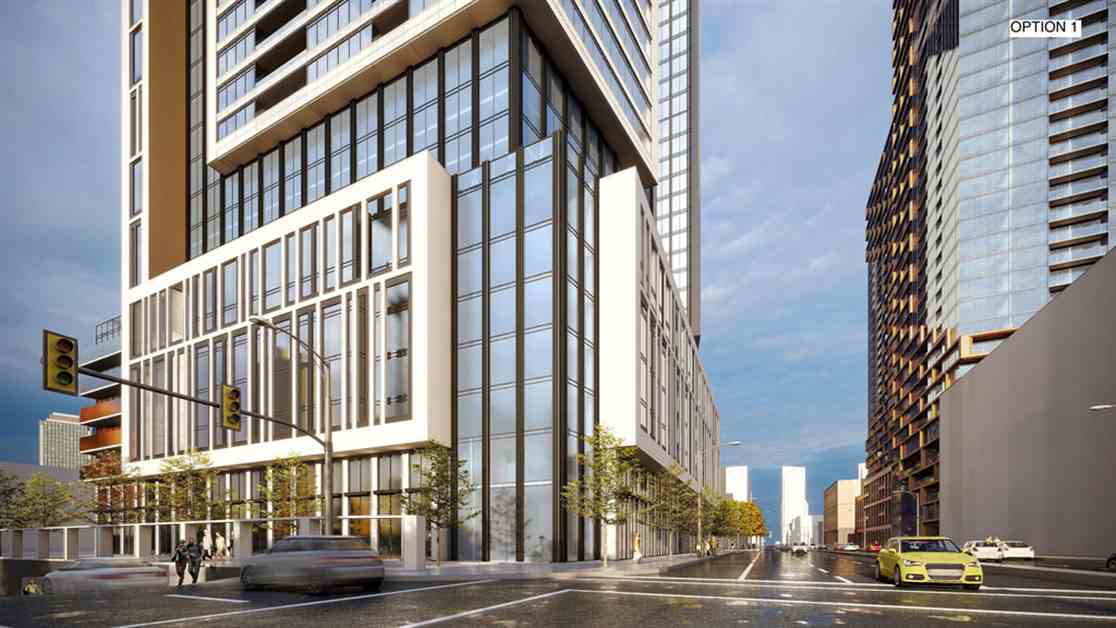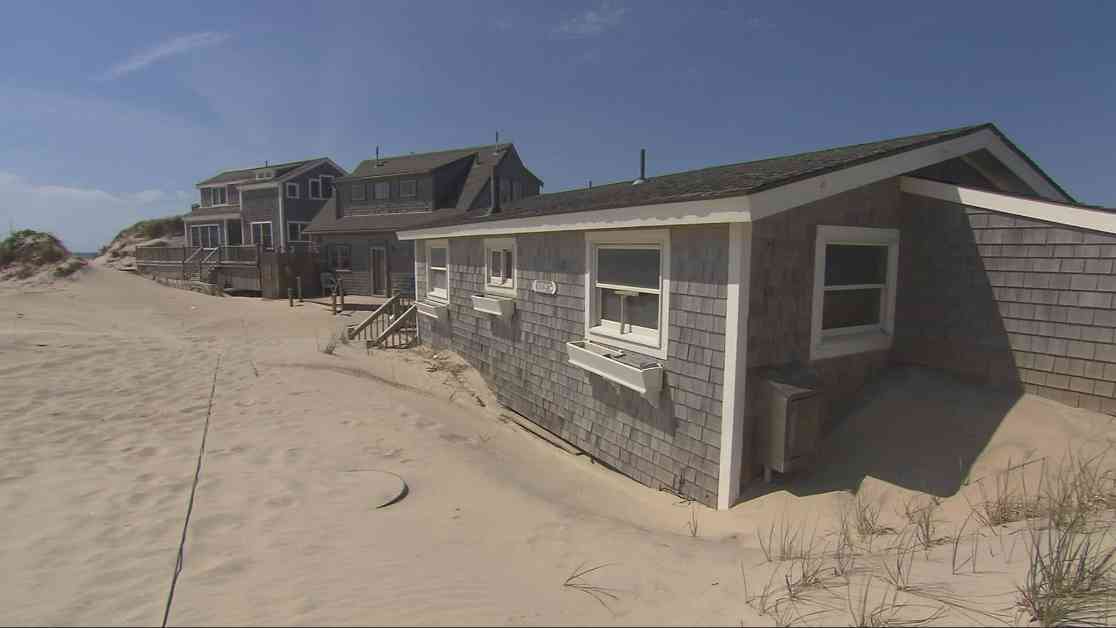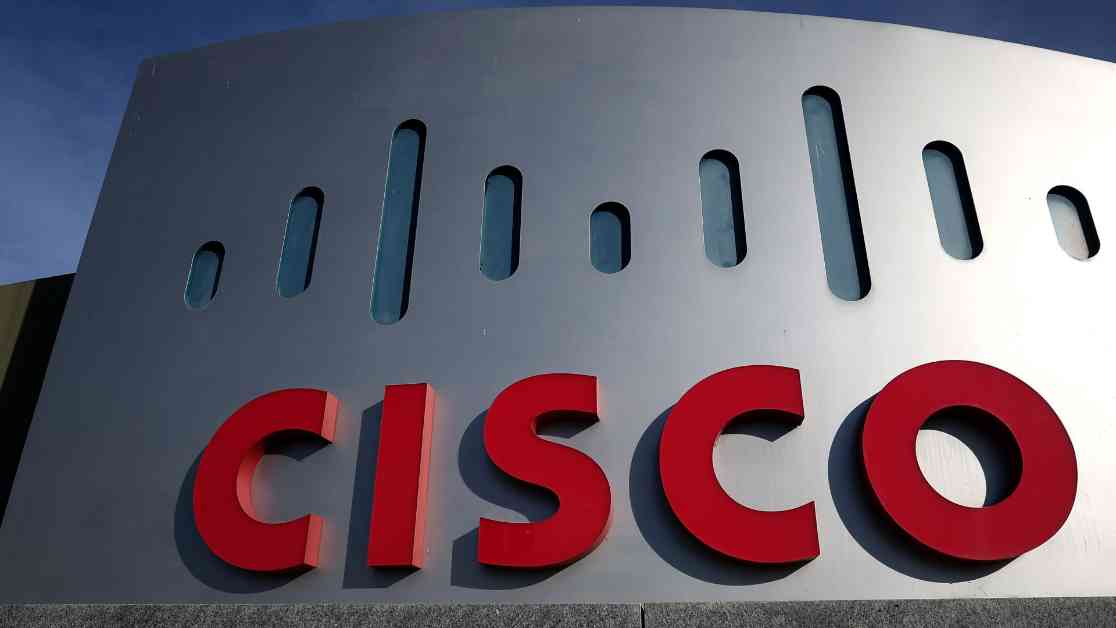London is experiencing a boom in residential growth, with major intensification happening in the downtown area and certain high-density suburban zones. The city is undergoing significant changes with the proposal, approval, or construction of more than a dozen new mixed-use and conversion projects in the downtown core. This rapid development will alter the city center’s landscape in the coming years.
While London has traditionally been a hub for banking, finance, and insurance, the aftermath of COVID-19 has led to a decrease in office workers and an increase in vacant office spaces. As a result, many of these buildings are being repurposed for residential use, contributing to the transformation of the city. Additionally, new infill projects are taking place on a large scale, adding to the residential units being developed in the downtown area.
Barbara Maly, CEO of Downtown London, has noted that over 5,500 residential units are expected to be built in the downtown area in the next one to five years, with many of them being mixed-use developments. These projects will include commercial spaces on the main floor, as well as office and residential spaces on higher levels.
One prominent example of this development is Bellridge Capital’s plan to construct dual 40 and 45-storey skyscrapers at 267 York St., a central location in the city. These towers will provide over 1,000 residential units and will be accompanied by a six-storey podium. Developers like Bellridge Capital are focusing on underdeveloped areas like 267 York St. to capitalize on the potential for growth and revitalization.
In addition to new construction, there are also conversion projects taking place in London. The former Rexall building on Dundas and Richmond Streets is being transformed into 14 residences by the Maas Group. This project has received funding from the federal government’s housing accelerator fund, which aims to convert vacant offices into residential spaces. Similarly, Sifton Properties is converting an eight-storey office building on Dufferin St. into 94 units, with 40% designated as affordable housing.
High-rise development is not limited to the downtown area, as major residential projects are also underway on the southwest and northwest flanks of London. York Developments is building twin towers on Oxford Street and Wonderland Road, as well as a 25-storey tower nearby. These developments are part of a larger plan for intensification in these areas, though concerns about traffic and transit access remain.
City Coun. Corrine Rahman has highlighted the importance of ensuring adequate transit options as development continues in the north and west of London. The city’s mobility master plan includes the concept of “transit villages” to improve bus access, and there is a possibility of reintroducing a Bus Rapid Transit line in the future.
Overall, the residential growth and intensification happening in London are reshaping the city’s landscape and community dynamics. The influx of new developments is not only changing the core’s commercial focus but also creating a more vibrant and diverse neighborhood environment for residents.

















